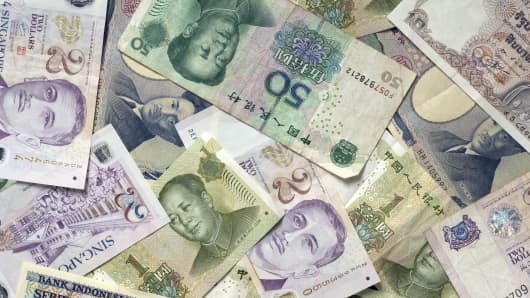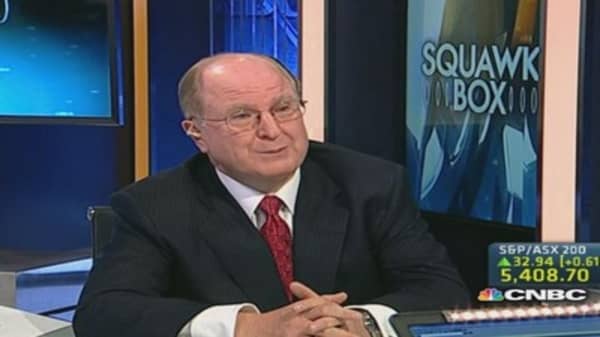The key assumption here is that rising interest rates in the vast dollar currency area will draw capital flows away from East Asia and the rest of the developing world.
The answer to the question posed depends on the plausibility of this assumption. Note that the assumption implies that most – if not all – incoming foreign investments in these countries are "hot money" – highly speculative and instantly reversible short-term bets.
What if that is not true? Indeed, with its prodigious growth potential and increasingly sound economic policies East Asia remains one of the most important destinations for stable direct and portfolio investments.
Read MoreIndonesia's cost-cutting leader slashes travel funds
Now, back to the main question.
Of the four countries discussed in this paper, only Indonesia needs to import foreign savings of about 3 percent of GDP (approximately $25 billion) to square the books. Whether Indonesia will have to pay more (with higher yields on its assets) to foreign investors to get the funds it needs depends on the credibility of its economic policies and political governance.
China and South Korea are large net creditors to the rest of the world. Their external accounts would, therefore, benefit from rising yields on their dollar-denominated assets. Japan presently has a roughly balanced external position and, assuming better ties with China, it could soon revert to its traditional surplus on current overseas transactions.
Investment thoughts
China, Japan and South Korea – a quarter of the world economy – are set to maintain easy credit conditions for the foreseeable future. Adding in the E.U., more than half of the global economy will continue to run market-friendly monetary policies well after the U.S. (one-fifth of the world economy) begins its long process of interest rate normalization.
Michael Ivanovitch is president of MSI Global, a New York-based economic research company. He also served as a senior economist at the OECD in Paris, international economist at the Federal Reserve Bank of New York and taught economics at Columbia.





